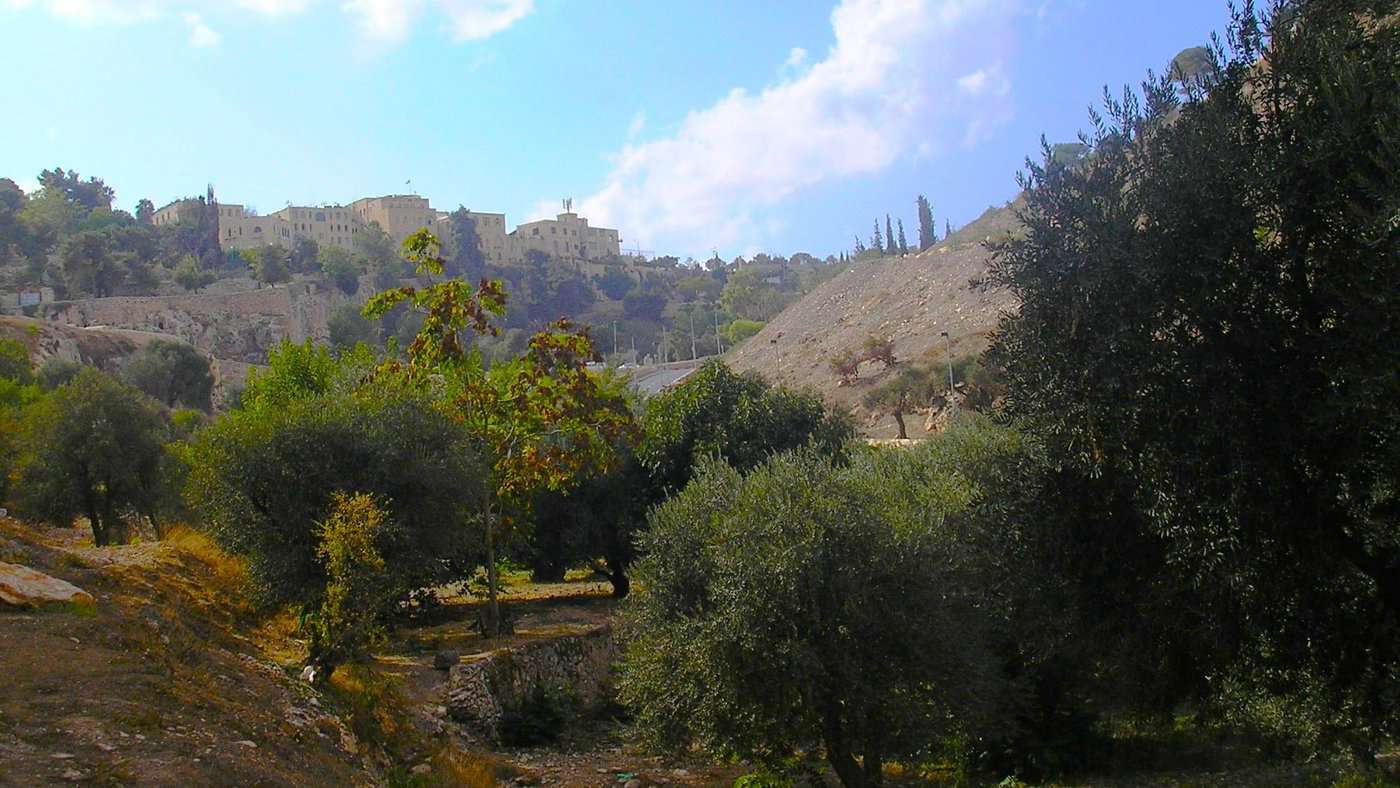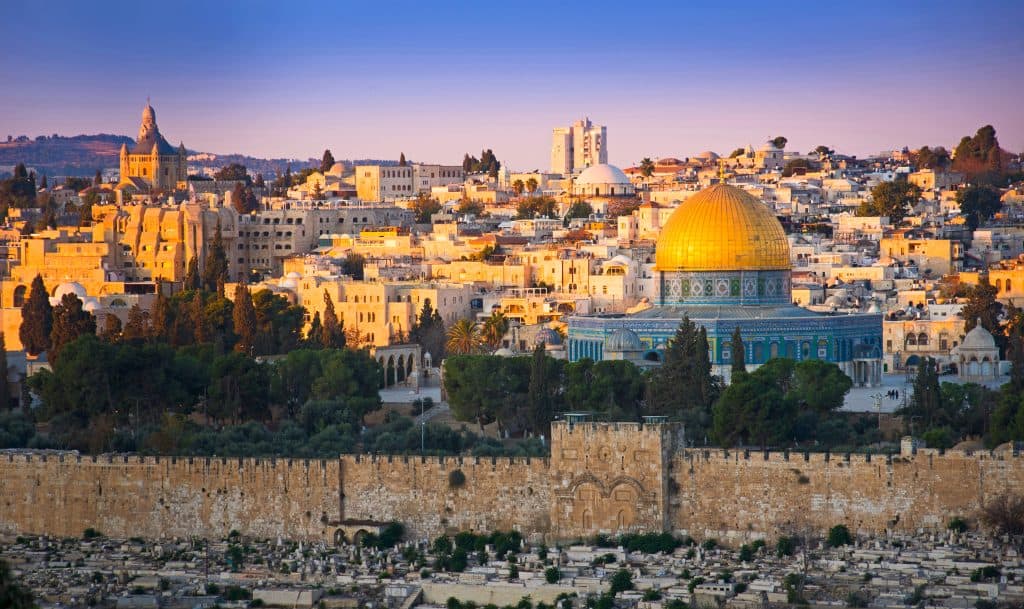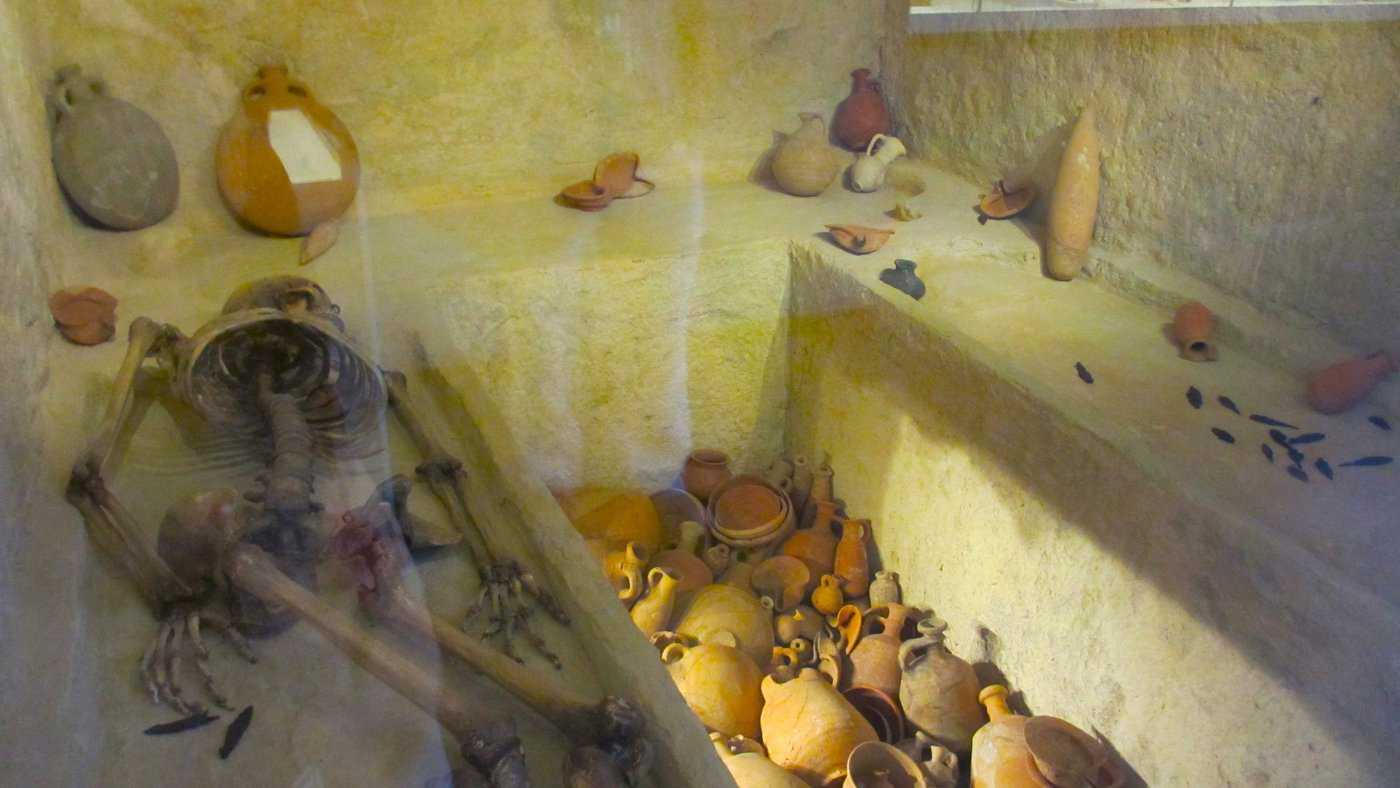The Valley of Hinnom, also known as Gehenna, is a historically significant and theologically symbolic in Jerusalem, Israel. It has played a prominent role in various religious traditions and is associated with historical events and spiritual concepts. Here is an overview of the Valley of Hinnom:
Old City Jerusalem Tour
Historical Significance:
Geographical Location: The Valley of Hinnom is a deep, narrow valley along the western and southern sides of the Old City of Jerusalem. It meets the Kidron Valley to the east.
Historical Context: In ancient times, the valley was a historical and religious significance site. It played a role in the biblical history of Jerusalem and the region.
Kidron Valley

Credit: Deror Avi, CC BY-SA 3.0, via Wikimedia Commons.
Religious and Theological Significance:
Mention in the Bible: The Valley of Hinnom is mentioned in the Hebrew Bible (the Old Testament), particularly in the books of Joshua, 2 Kings, and Jeremiah. It is associated with various historical events, including references to child sacrifice to pagan deities.
City of David
Symbolism of Punishment: In Jewish and Christian tradition, the Valley of Hinnom symbolized a place of punishment or destruction, sometimes called Hell or Gehenna. This theological symbolism has been used to convey concepts of judgment and the consequences of wrongdoing. Also, you can find there the famous Field of Blood Monastery.
Akeldama
Archaeological Discoveries:
Tombs and Artifacts: The valley contains ancient burial caves and archaeological remains, reflecting the area’s long history of human habitation. A known site is Ketef Hinnom, at the premises of the Menachem Begin Museum.
Silwan Village: The modern village of Silwan is located in the Kidron Valley, near the southern part of the Valley of Hinnom. Silwan is an area of ongoing archaeological interest due to its historical significance.
Jerusalem Ultimate Guide

Modern Context:
Today, the Valley of Hinnom is an integral part of the landscape of Jerusalem, and it retains its historical and religious significance. Furthermore, it is a place where ancient history, religious tradition, and contemporary urban life intersect. Visitors to Jerusalem can explore the valley’s historical and spiritual significance, and it remains a subject of study and interest for scholars and religious pilgrims alike.
Israel Museum Tour

Credit: Chamberi, CC BY-SA 3.0, via Wikimedia Commons.
Lastly, the Valley of Hinnom serves as a reminder of Jerusalem’s complex interplay between history, religion, and geography. It continues to be a place of both historical and spiritual significance. More about the topic on Wikipedia!







